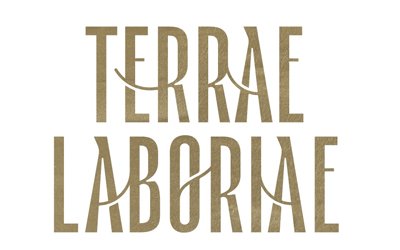Journey to Campania among different wines made in amphora, an ancient container rediscovered in recent years that has captivated producers from north to south of the region.
In the world wine scene, the amphora wines have been gaining renewed interest for the past few years due to their ability to combine tradition and modernity.
This ancient winemaking method, which has its roots thousands of years ago, is experiencing a new era of appreciation among wine lovers and producers, representing a Fascinating combination of past and present, combining ancient winemaking techniques with modern ones.
Ancient origins
Amphorae, large earthenware vessels, have been used for the production and storage of wine since ancient times.
Archaeologists have discovered traces of wine in amphorae dating back more than 6,000 years in the regions of Georgia, Armenia and Iran.
These early amphorae were often buried to maintain a constant temperature and preserve the wine.
The ancient Greeks and Romans adopted and perfected the use of amphorae.
For the Romans, in particular, amphorae were essential not only for winemaking but also for transporting wine across the empire.
Falerno was one of the wines stored in Roman amphorae and sealed with beeswax, ensuring optimal arrival at destination during long sea and land journeys.
The decline and return
With the advent of wooden barrels in the Middle Ages and, later, of glass bottles, the use of amphorae declined significantly.
Barrels were easier to transport and allowed for greater wine aging capacity, while glass bottles offered more practical storage.
However, in recent decades, there has been a rediscovery and revaluation of amphorae, thanks to a growing interest in the different methods of wine production and the end result, thus returning to the use of amphorae to take advantage of their unique characteristics, which allow a micro-oxygenation of the wine similar to that of wooden barrels, but without bringing in notes released by the wood. This micro-oxygenation process contributes to greater complexity and depth in the wine, while maintaining the purity and expression of the fruit.
In addition, terracotta is a neutral material, allowing the intrinsic characteristics of the grape and terroir to fully express themselves.
Amphora wine in the world, Italy and Campania
Some of the best-known amphora wine producers today are located in Georgia, where the tradition of winemaking in amphora, or qvevri, has been kept alive for millennia.
In Italy, Spain and France, several winemakers have also been experimenting with amphorae for some time.
The iconic producer in Italy is Josko Gravner, who back in the early 2000s began producing Ribolla Gialla in the Georgian style..In Campania the first to believe in it was Mario Mazzitelli of the winery Lunarossa, producing wines in small amphorae of dark earth from Vesuvius, with the first vintage of Quartara in 2008, followed a few years later by the winery I Cacciagalli.
Anche Villa Matilde Avallone makes use of amphorae for Falerno del Massico, thus returning to the method already applied by the ancient Romans.
Today the regional scene offers different opportunities, and at the Gustarte event in the small village of Durazzano, in the province of Benevento, I tasted a nice representation of this type.
TO READ THE WINE DESCRIPTIONS, WITH SCORE AND AVERAGE SHELF PRICE, CLICK ON THE TABS BELOW.
GALLERY
]











